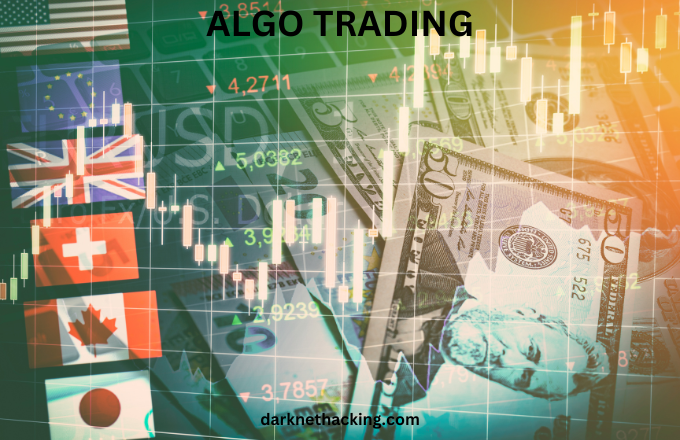The Evolution of Algorithmic Trading: A Journey Through Time

Algorithmic trading, or “algo trading,” is a fascinating aspect of modern finance where computer algorithms execute trades at lightning speed. This technological marvel has revolutionized the financial markets over the past few decades. Let’s embark on a journey through the history of algo trading to see how it has evolved.
The Dawn of a New Era (1960s-1980s)
The roots of algo trading can be traced back to the 1960s when computers started making their way into the financial world. Initially, they were used for back-office operations, but the potential for more was soon realized.
- 1960s: Computers began to streamline the processes behind the scenes.
- 1970s: The New York Stock Exchange (NYSE) introduced the Designated Order Turnaround (DOT) system, marking the beginning of electronic order routing.
- 1980s: Program trading emerged, allowing large volumes of stocks to be traded automatically based on pre-set criteria. However, this era also witnessed the 1987 stock market crash, where program trading was partly blamed for the rapid market decline.
The Digital Revolution (1990s)
The 1990s were a transformative decade for algorithmic trading, thanks to the rise of electronic markets and the internet.
- Early 1990s: Electronic Communication Networks (ECNs) appeared, offering new ways to trade outside traditional exchanges.
- Mid-1990s: The internet and personal computers enabled individual traders and smaller firms to engage in algorithmic trading.
- Late 1990s: Hedge funds and investment banks began developing sophisticated algorithms to exploit market inefficiencies and arbitrage opportunities.
Boom and Bust (2000s)
The new millennium brought significant changes and challenges, including regulatory shifts and technological advancements.
- 2001: The US Securities and Exchange Commission (SEC) introduced Regulation ATS, encouraging the growth of alternative trading systems.
- 2000s: High-frequency trading (HFT) took off, utilizing algorithms to execute trades at incredibly high speeds and volumes. Advances in technology, such as low-latency networks and co-location services, made this possible.
- 2008 Financial Crisis: The crisis led to increased scrutiny and regulation of algorithmic trading practices.

Modern Times and the Future (2010s-Present)
Algorithmic trading continues to evolve with rapid advancements in technology and increased regulatory oversight.
- 2010s: Machine learning and artificial intelligence began to play a larger role in developing trading algorithms. The Flash Crash of 2010, where the Dow Jones Industrial Average plummeted and recovered within minutes, highlighted the risks associated with high-frequency trading.
- 2018: The EU’s Markets in Financial Instruments Directive II (MiFID II) was implemented, enhancing transparency and regulatory requirements for algo trading.
- 2020s: Today, algo trading integrates AI, big data analytics, and blockchain technology. It faces ongoing regulatory scrutiny to ensure market stability and fairness.
Key Aspects of Algorithmic Trading
- Types of Algorithms: Market making, statistical arbitrage, trend following, and mean reversion are some popular strategies.
- Benefits: Improved efficiency, reduced transaction costs, and the ability to execute complex strategies.
- Challenges: Managing market impact, algorithmic errors, ensuring regulatory compliance, and addressing ethical concerns.




